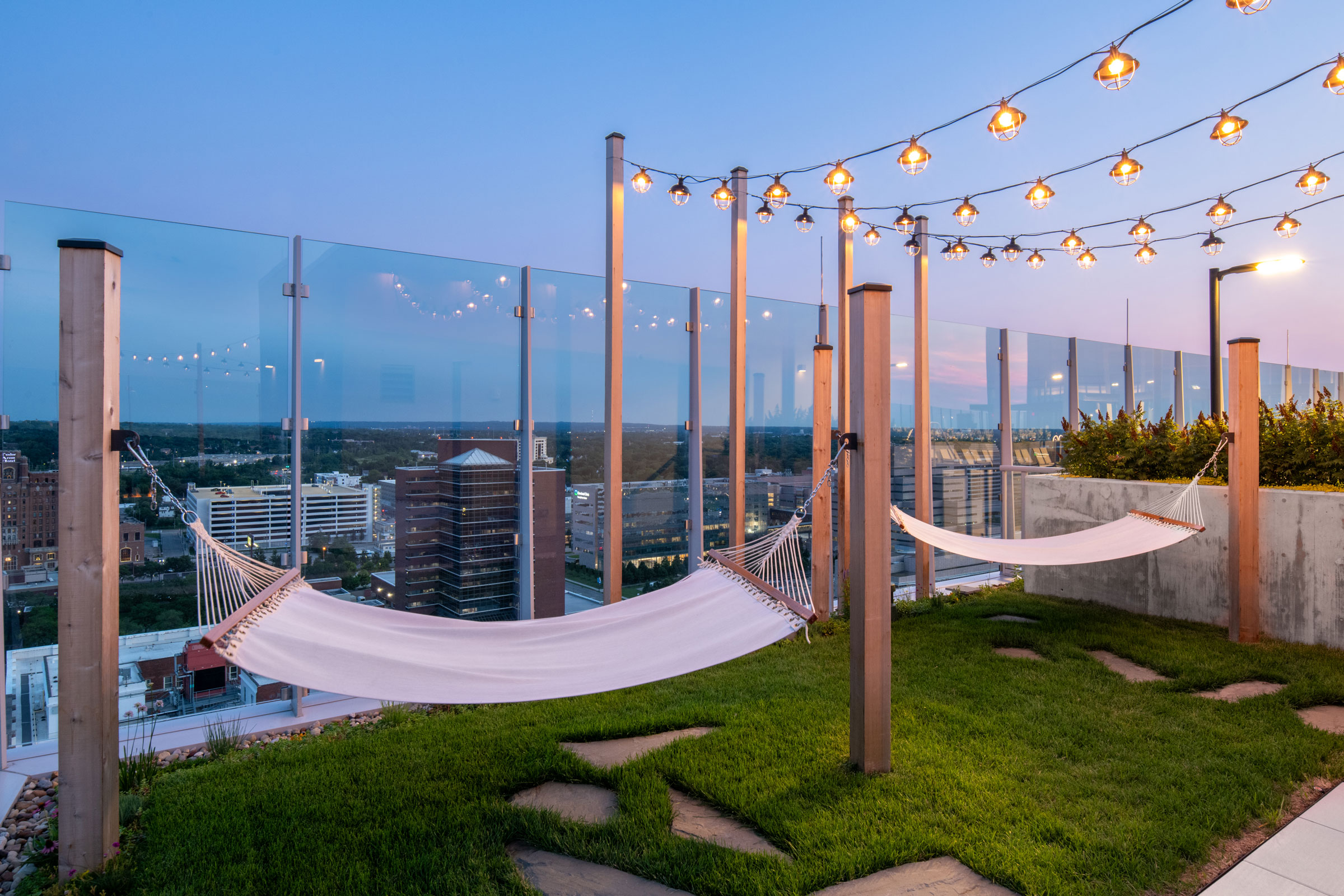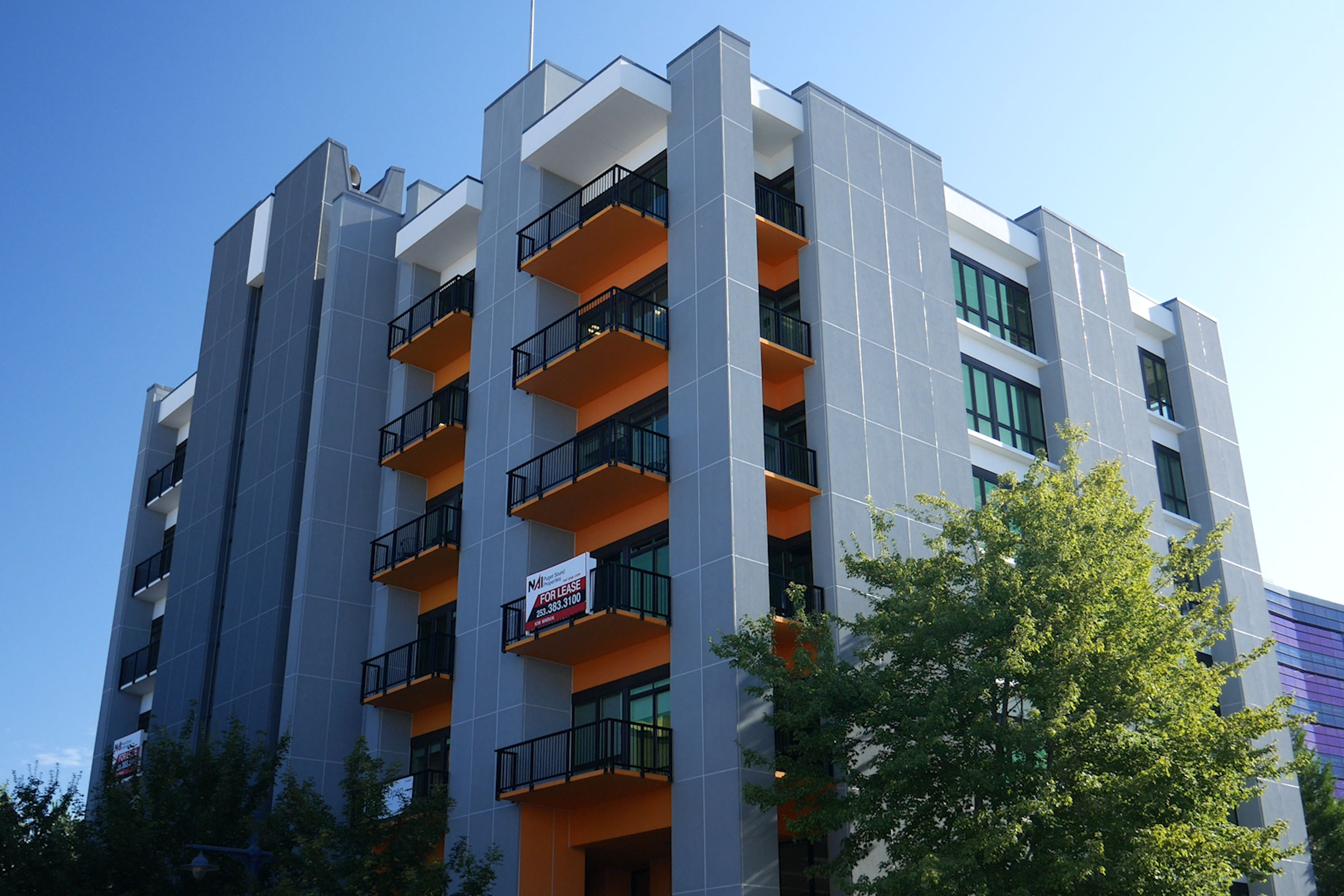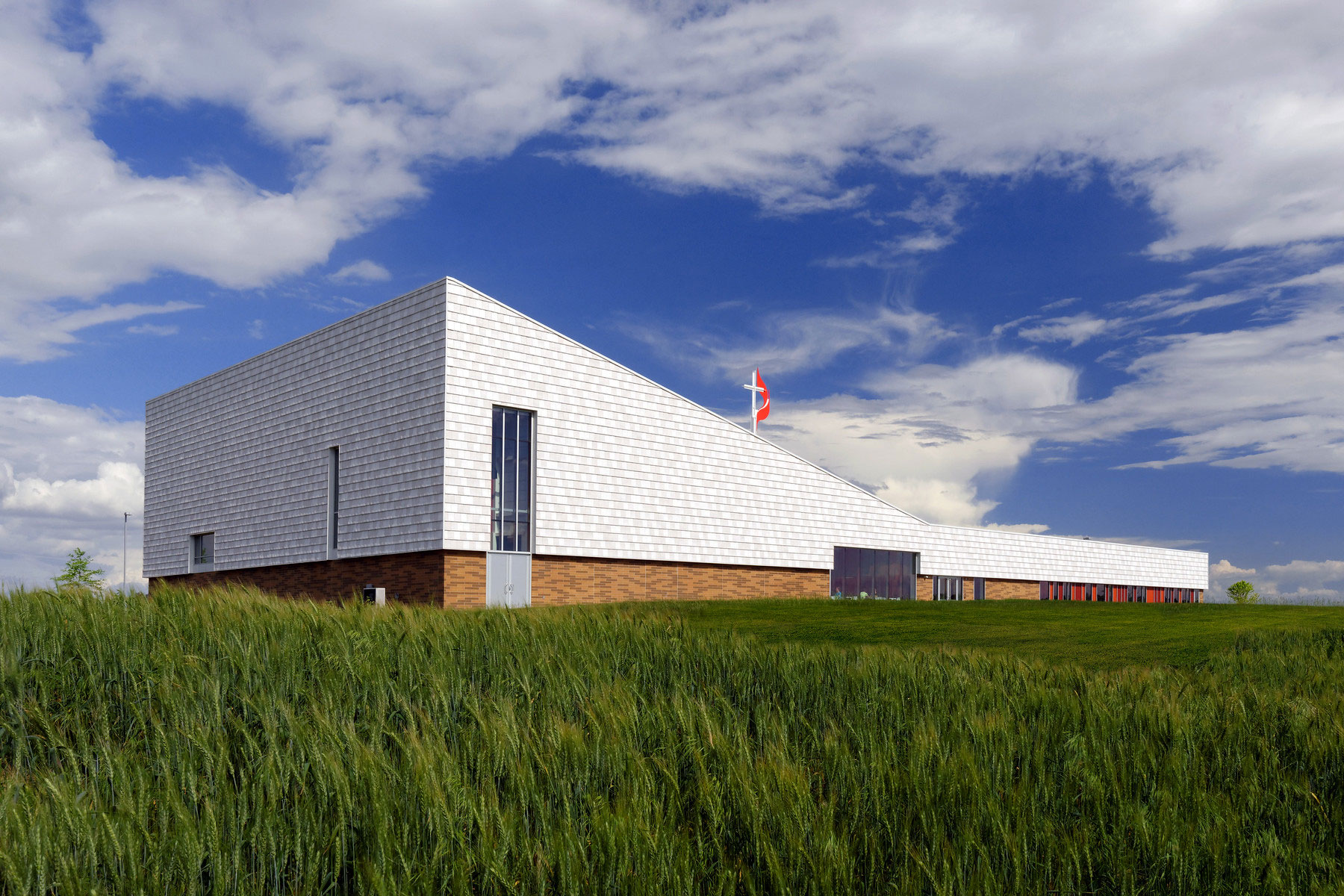Story at a glance:
- The multifamily industry must balance ambitious climate goals with a first-rate experience for residents while tackling a severe deficit of housing units in the US.
- The Artisan in Cleveland is a 24-story high-rise apartment property that also meets ambitious environmental goals in the city.
Dozens of cities across North America have signed on to sweeping climate pledges, many targeting carbon neutrality or net zero emissions—some by 2040, others by 2050. With buildings playing an outsize role in energy-related carbon emissions worldwide, there is no arguing that these goals will forever change the real estate industry.
A recent CBRE study outlining the climate initiatives of 10 North American cities notes that government regulations are a critical part of decarbonization efforts but also outlines the “transition risks,” or business-related risks associated with these policy shifts. In a market where obtaining capital and purchasing materials is increasingly challenging and the housing crisis grows more severe, the addition of further government regulations is another stumbling block on the road to development. The question becomes: How can the multifamily industry balance ambitious climate goals with providing a first-rate experience for residents and tackling the severe deficit of housing units in our country?
Combatting Prohibitive Development Costs
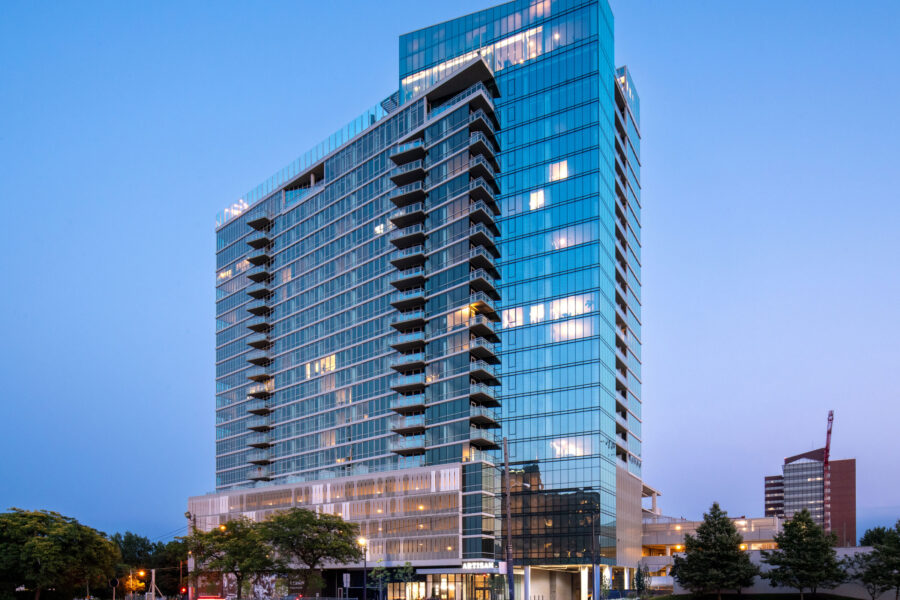
The Artisan. Photo by Salvi Media
What makes it so expensive to build today? Recent years have deepened certain obstacles—inflation, labor costs, and rising interest rates, to name a few. Outlining overall factors, a 2022 National Multifamily Housing Council report found that regulation by all levels of government accounts for an average of 40.6% of multifamily development costs, with 11.1% of those costs attributed to changes to building codes over the last 10 years alone. The profits ultimately obtained by multifamily developers are also lower than one might expect—the National Apartment Association published a breakdown of where each rent dollar goes on average. Only seven cents of every dollar is returned to owners as profit. The housing deficit in our cities is staggering, and by implementing overly stringent policies too quickly, we risk discouraging anyone from developing at all. In our quest for necessary climate action, we cannot neglect the fundamental needs of our communities.
Of course there are solutions, and there will continue to be great successes along the road to a more climate-conscious building industry. One such example is Artisan, a 24-story high-rise apartment property in Cleveland’s Circle Square. In addition to providing a growing neighborhood with 298 new housing units, Artisan is the first multifamily high-rise project in Cleveland to achieve Green Globe certification. It is also the first multifamily high rise entered into GBI’s Net Zero Energy and Carbon Pilot Programs and is beginning its journey toward zero.
Firsts are meaningful because they set examples for others to follow. Precedent and example play such an important role in how sustainability evolves. So what made this remarkable project financially viable? The city of Cleveland provided tax abatement for the project on the condition that it met the Cleveland Green Building Standard. The Artisan is a testament to what we can accomplish through civic reinvestment.
The Impact on Design
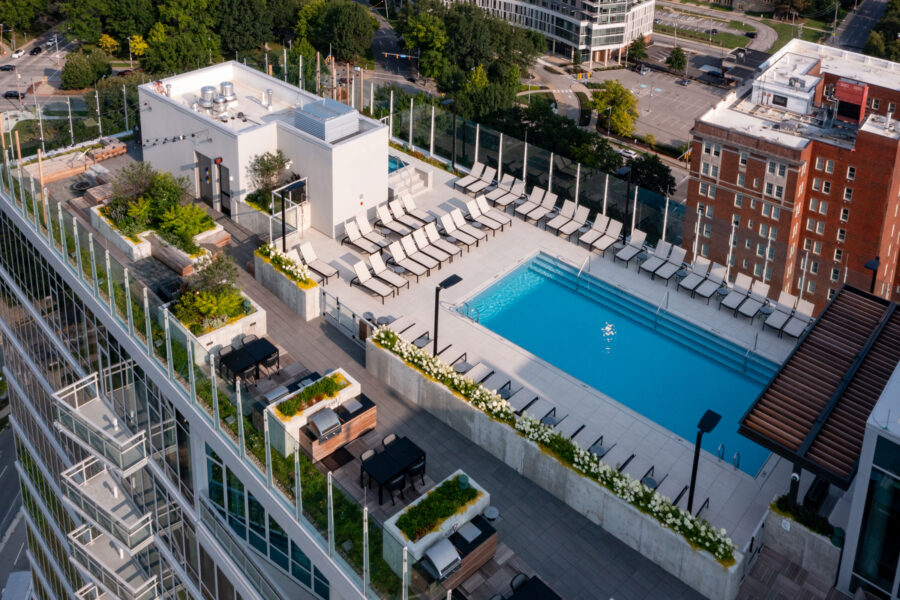
Photo by Salvi Media
Our nation’s cities are going to start looking different. We have fallen in love with the iconic all-glass high-rise in recent decades. As we reconsider how we design exterior elevations to align with increasingly stringent energy performance standards, this may mean more insulation and less vision glass. As an industry we are just beginning to explore what new construction systems we will use and how these will impact the look and feel of our buildings in the future.
The process has already begun. At Artisan we reduced the overall glazing area, upgraded the remaining to a high-performance glazing product, and introduced insulated spandrels in the facade design to increase energy performance. Additionally, a vast green rooftop helps combat the urban heat island effect, reduces stormwater released into the city’s system, and reduces heat gain and loss. The most ambitious design strategies are still at the bleeding edge. They will require a willingness to adapt to (and pay for) unfamiliar tactics, but they will ultimately drive better, and more creative, architecture.
The Resident Experience

Photo by Salvi Media
On the surface level residents may only feel the direct impact of energy conservation measures minimally through our energy-consuming systems. Cities like New York, Denver, and Chicago are shifting away from gas and toward requiring electric appliances. Depending on the type of electric range installed, this may change the way our residents cook and what kinds of pots and pans they use. Residents will also see increased electric bills compared to mixed gas/electric systems. There will be a transitional period, but it will be considered the norm by the next generation.
The impact will trickle down in other ways. Efforts to meet aspirational climate goals will drive system selections that are more expensive to build, which will increase rents. Keeping rents attainable is a huge part of fostering diverse and balanced neighborhoods. Ultimately there is a finite amount of money to spend on any project, and owners and architecture firms will need to collaborate to solve for budget constraints. This could mean cutting back on popular building amenities that increase resident satisfaction to use that available space instead as profitable apartment rentals.
It is important to note that the shift to a more climate-conscious building industry will also have long-term benefits for residents. As we develop better-performing insulation practices, utility costs for heating and cooling will drop. While government regulations for the time being are focusing primarily on energy performance, the industry is prioritizing health and well-being, particularly in the aftermath of the Covid crisis. Our buildings will be healthier, with better indoor air quality and nontoxic materials. Holistic resident wellness was a huge priority in the development of Artisan, which incorporates active filtration equipment, acoustical sound controls, access to green spaces, and materials specially selected for their low- or no-VOC ratings.
Looking Ahead

Photo by Salvi Media
We are in a moment of change. As an industry we are going to struggle, and we are going to find moments of success. As technology progresses many of these hurdles will become easier. Many of our building owners and developers are reeling, trying to survive amidst new regulations instead of striving to do better.
As a firm our motto is to “do better tomorrow than we did today.” The year 2050 is a long way off, and research may have accelerated new building methods we can’t conceive of right now. Instead of hanging our hat on “Net Zero by 2050,” we can set obtainable goals in a manageable time frame.
But to truly implement meaningful change, we all need to work together. With increased government codes, increased government participation is needed—through tax incentives and programs that will make greener buildings possible. Together we all can contribute to a solution.
Mike DeRouin, president at FitzGerald, co-authored this article.
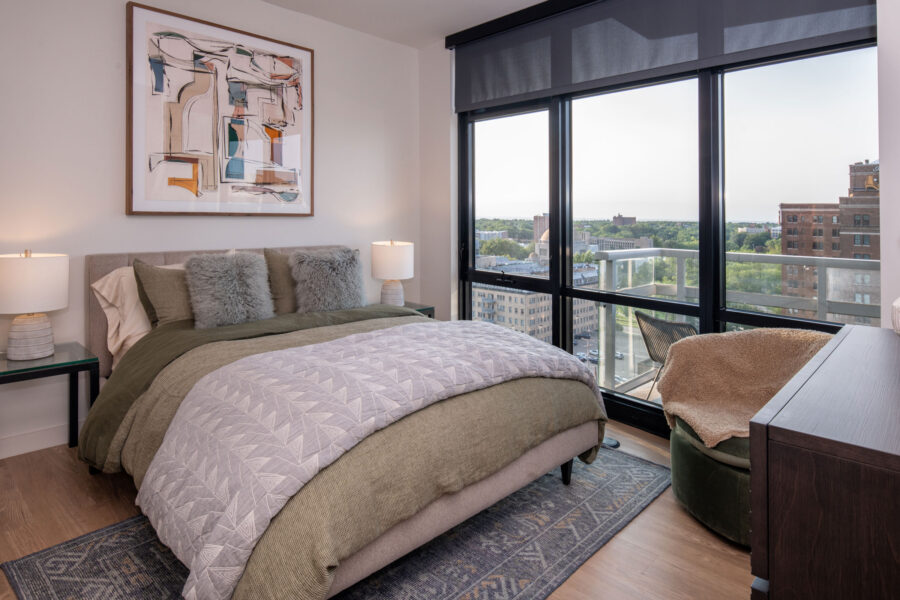
Photo by Salvi Media
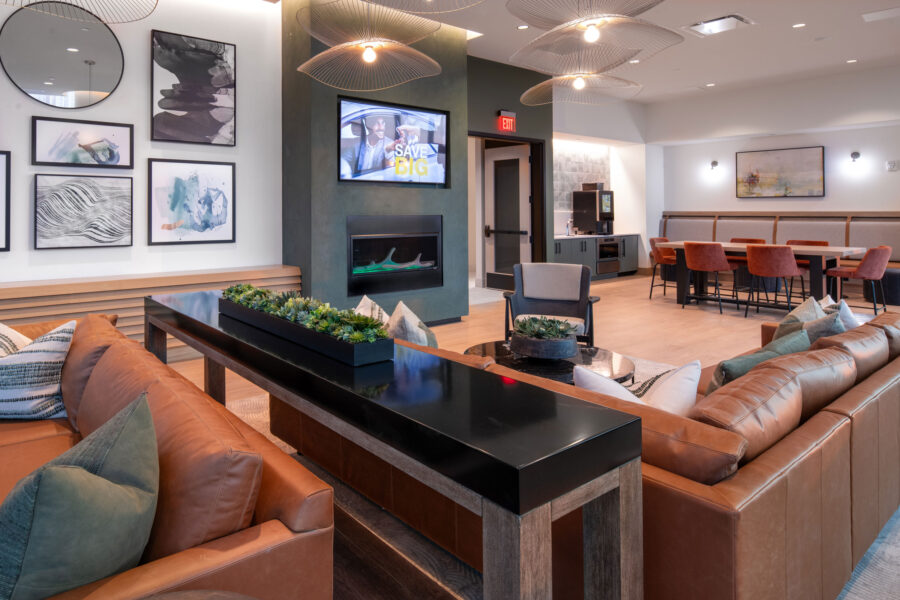
Photo by Salvi Media

Photo by Salvi Media

